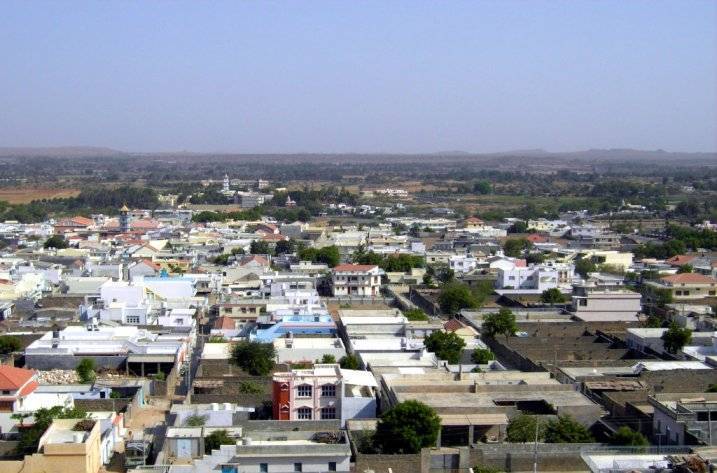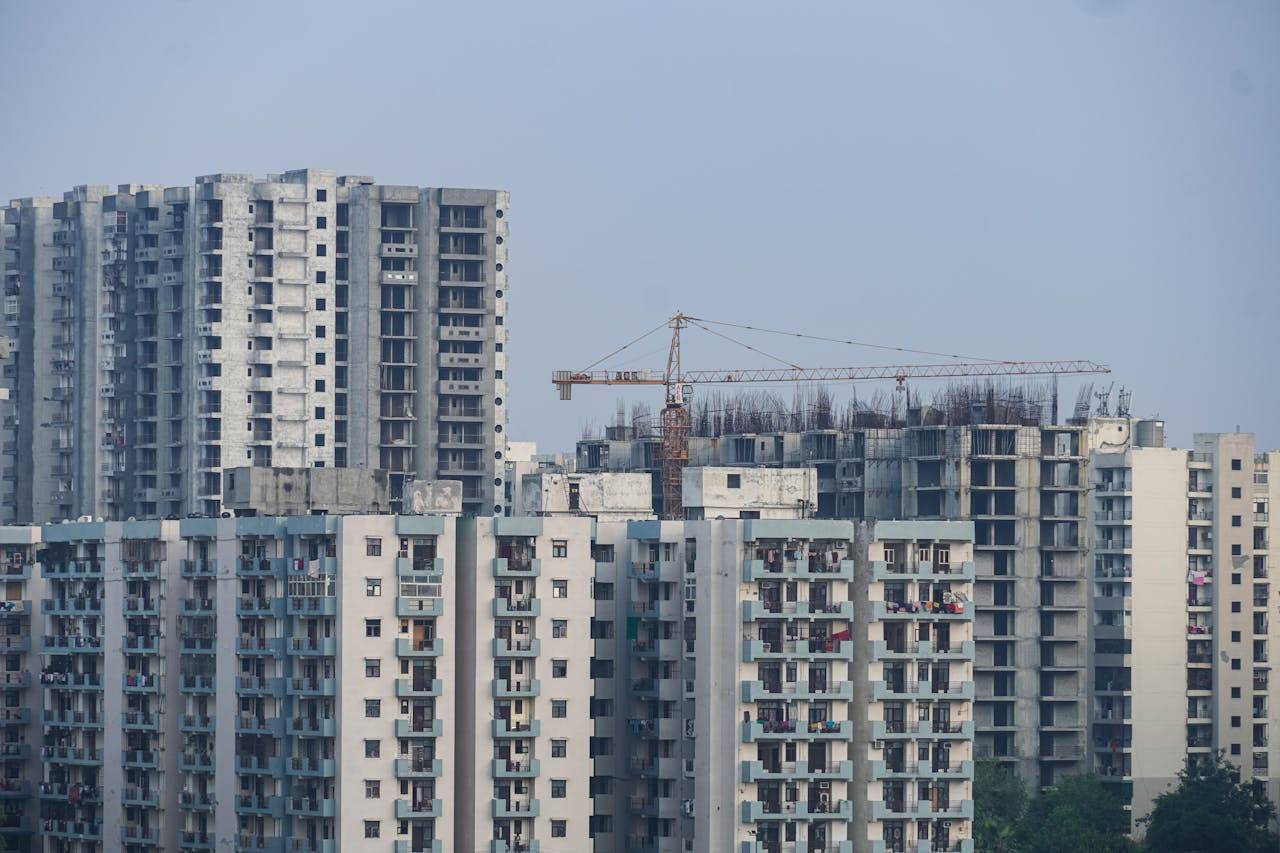When people think of Indian villages, images of simple lifestyles and limited resources often come to mind, shaped by long-standing socio-economic realities. However, Madhapur, a village near Bhuj in Gujarat, offers a striking contrast to these traditional notions.
Known as Asia’s richest village, Madhapur has redefined what rural India can achieve through financial strength and strategic development. Its success is rooted in a unique economic model, fueled by global connections, a committed diaspora, and strong community initiatives. This transformation challenges conventional perceptions of rural life, offering a blueprint for sustainable progress.
Financial Backbone of Madhapur
Madhapur has a population of approximately 32,000 and holds an estimated ₹7,000 crore in fixed deposits across various local banks. This financial wealth is largely attributed to its Non-Resident Indian (NRI) population, which constitutes about 65% of its residents. These NRIs are spread across countries like the United States, the United Kingdom, Canada, Australia, and African nations, working in industries such as construction or running businesses abroad.
The consistent remittances sent by these NRIs form the backbone of the village's economy. Unlike many migrants who invest in their host countries, Madhapur’s diaspora channels significant resources back to the village. This flow of capital demonstrates a strong connection between the global Madhapur community and their roots, as well as trust in the local banking infrastructure.
A Robust Banking Network
Madhapur’s financial structure is supported by an extensive rural banking network, which includes 17 bank branches from prominent institutions such as HDFC Bank, State Bank of India, Punjab National Bank, Axis Bank, and ICICI Bank. This banking infrastructure plays a key role in handling the steady inflow of funds from abroad and managing the village’s wealth.
The presence of multiple bank branches in Madhapur is an exception for rural areas in India, where access to financial services often remains limited. This network ensures that residents have the resources needed for investment, savings, and the facilitation of local development initiatives.
Development through Investment
The inflow of funds from abroad has significantly contributed to the village’s development. Basic amenities such as clean drinking water, proper sanitation, and well-maintained roads have been prioritized. The village also invests in facilities such as schools, healthcare centers, and cultural landmarks, ensuring both infrastructure development and an improved quality of life.
Key projects in Madhapur are often supported by organizations like the Madhapur Village Association, based in London. This group maintains strong ties between the diaspora and the village, funding development programs and infrastructure projects. Their efforts bridge the gap between global Madhapur residents and the local community, ensuring sustainable progress.
Role of the Patel Community
The Patel community, which forms a significant part of Madhapur’s population, has played a central role in its economic transformation. Many members of this community are entrepreneurs or professionals settled abroad. Their consistent remittances have funded the construction of homes, development of public services, and various community projects.
Despite their global presence, the Patel community remains closely tied to Madhapur. Their decision to deposit funds locally instead of abroad reflects a commitment to supporting their hometown. This approach has not only strengthened the village’s financial base but also ensured that resources are channeled into meaningful development efforts.
Broader Impact on Rural Development
Madhapur serves as an example of how effective utilization of remittances can transform rural communities. The village’s model combines economic growth with the preservation of cultural identity. By maintaining strong connections with its diaspora, Madhapur has been able to harness global resources for local progress.
The village’s achievements also highlight the importance of investing in key areas such as education, healthcare, and infrastructure. These investments not only improve living conditions but also create opportunities for future generations.
Lessons from Madhapur
Madhapur’s journey provides several key insights for rural development in India:
- Engaging with Diaspora Communities: Building strong connections with NRIs can provide villages with a reliable source of funds.
- Strengthening Local Institutions: Trust in local banking systems ensures that external resources are effectively managed and used for development.
- Prioritizing Infrastructure Development: Investments in basic services like education, healthcare, and sanitation improve the overall quality of life.
Redefining Rural Realities
Madhapur’s success demonstrates the potential of grassroots efforts combined with global support to reshape rural economies. It challenges conventional perceptions of Indian villages by showing how strategic investments and community-driven initiatives can lead to long-term prosperity.
As India continues to grow economically, Madhapur stands as a model for how rural areas can leverage their global connections to drive sustainable development. Its transformation highlights the importance of integrating local efforts with modern financial systems to achieve socio-economic progress.









.png)